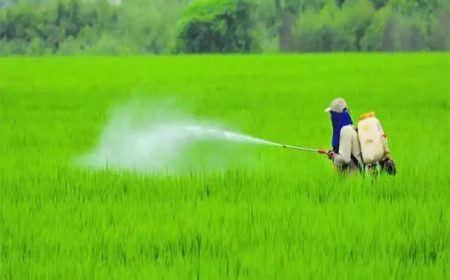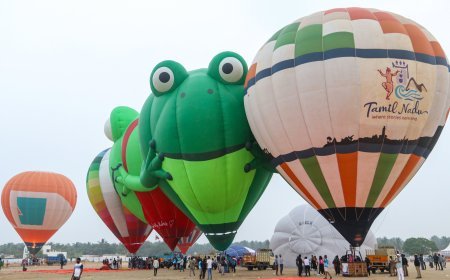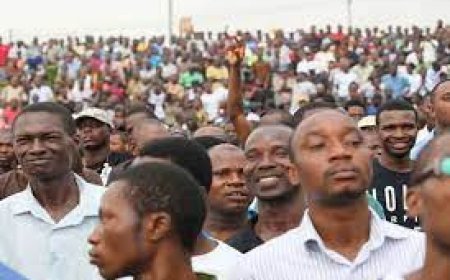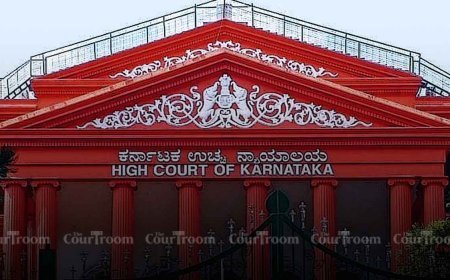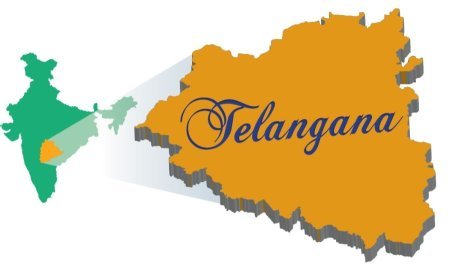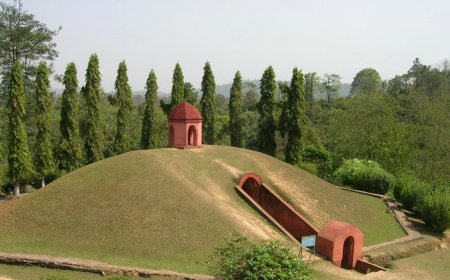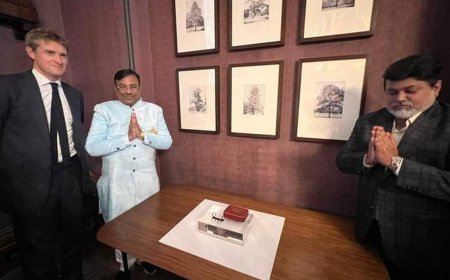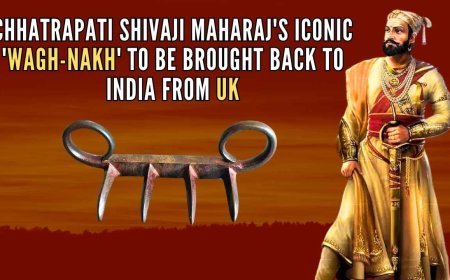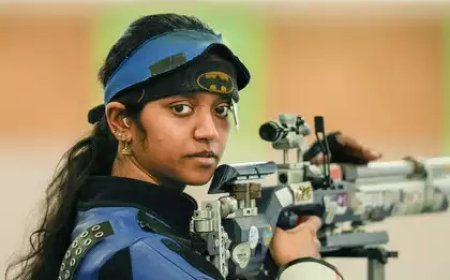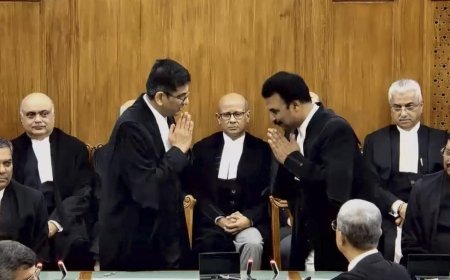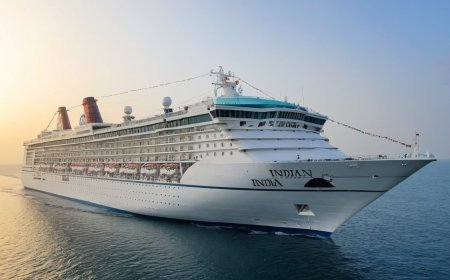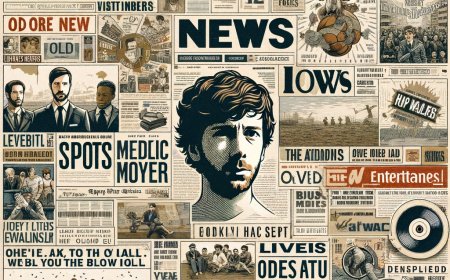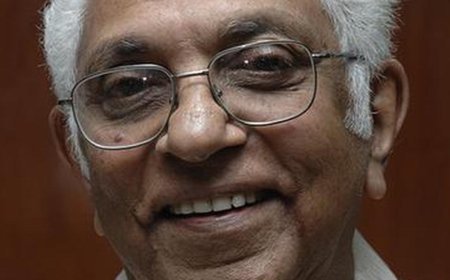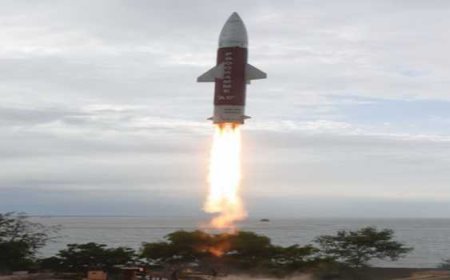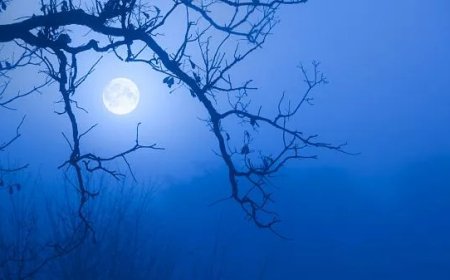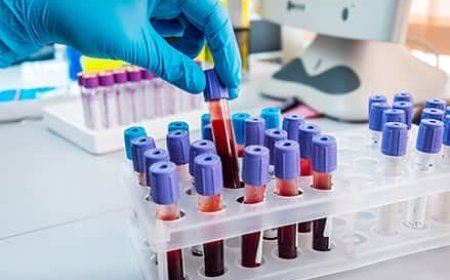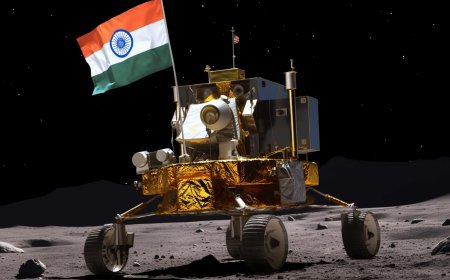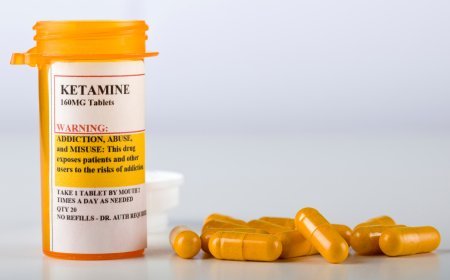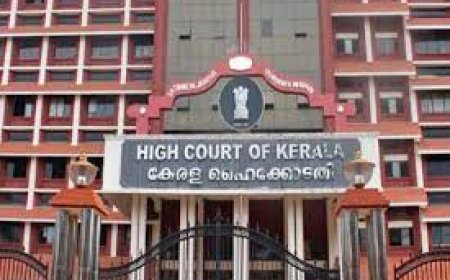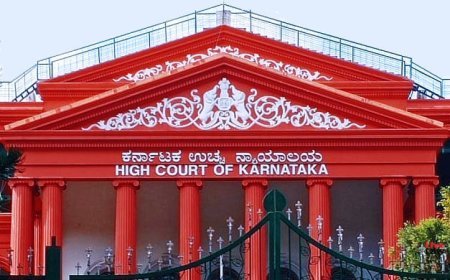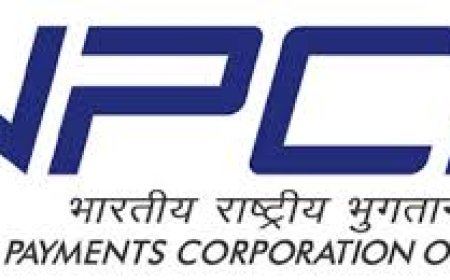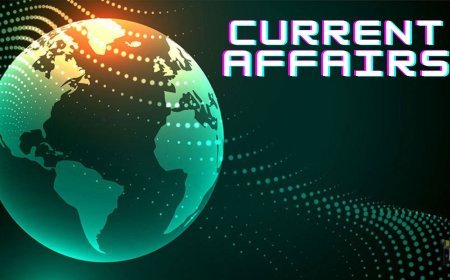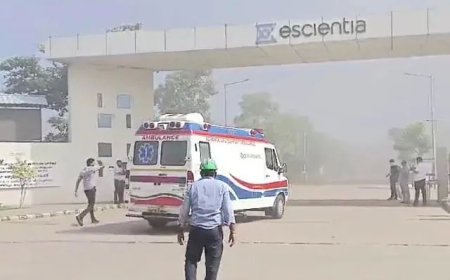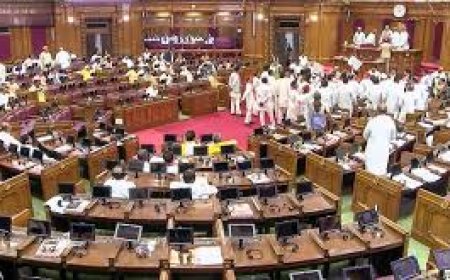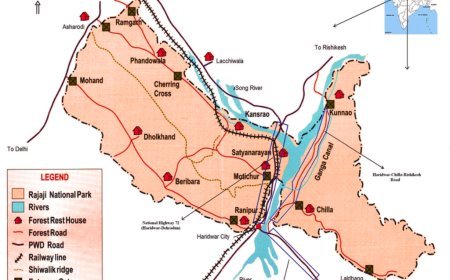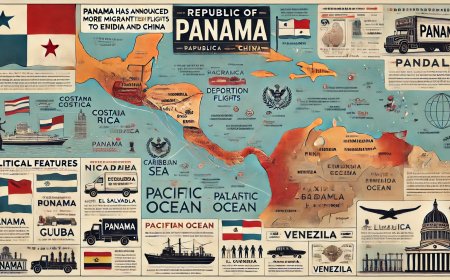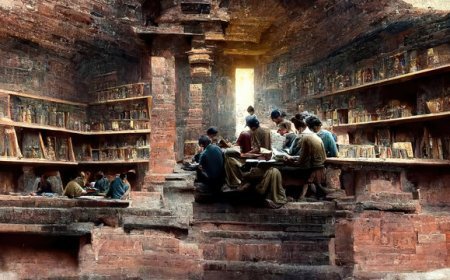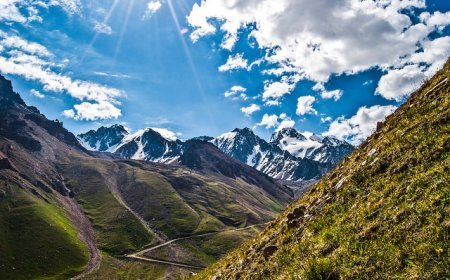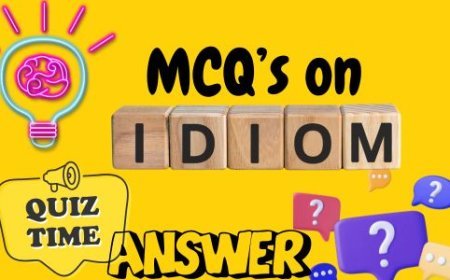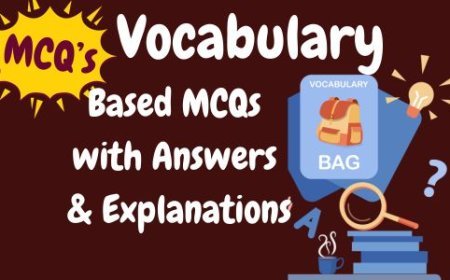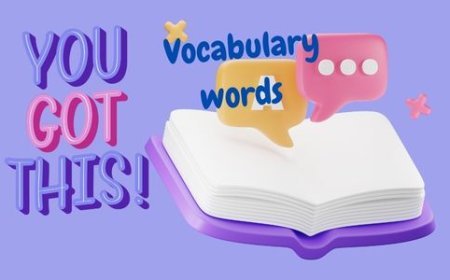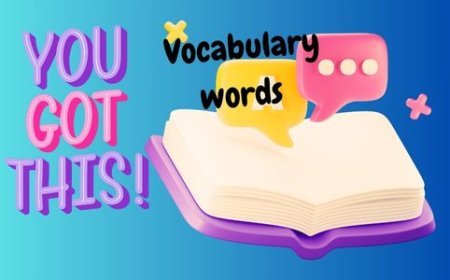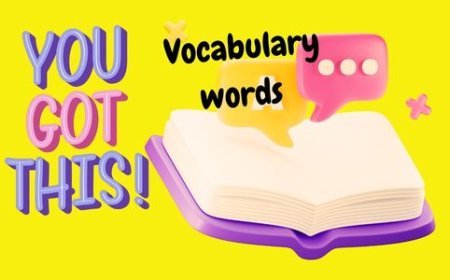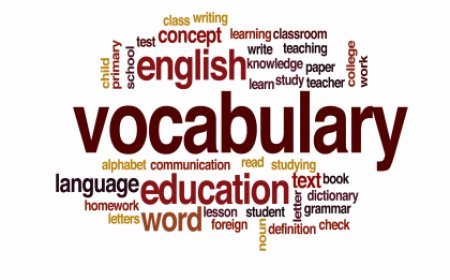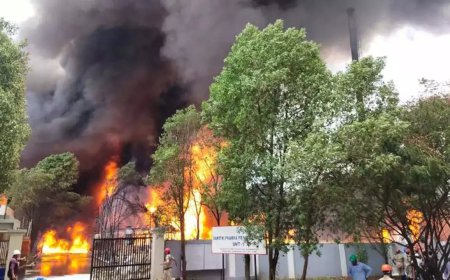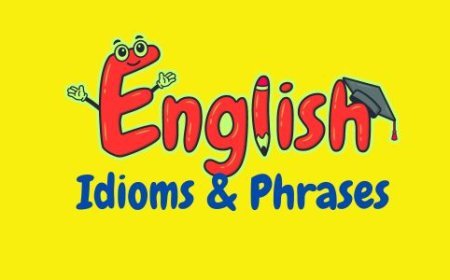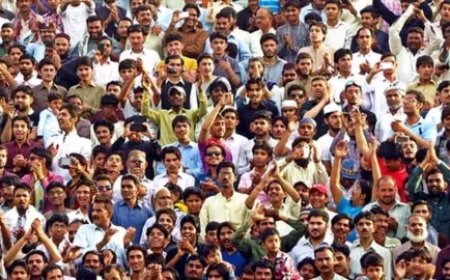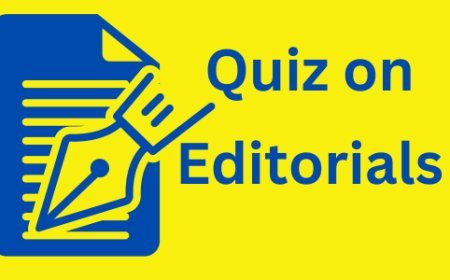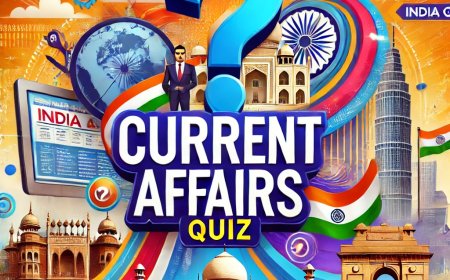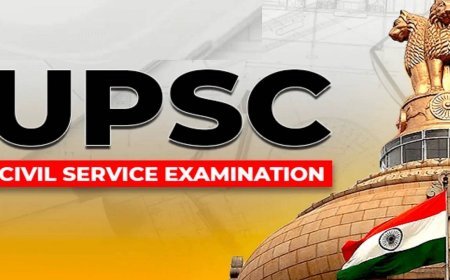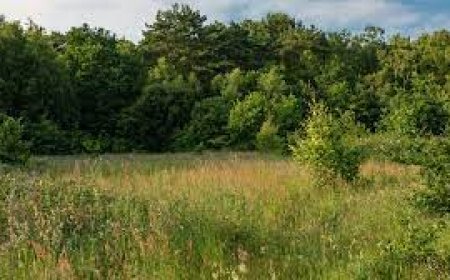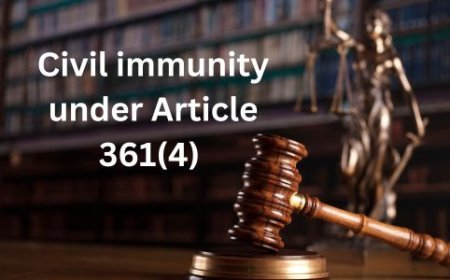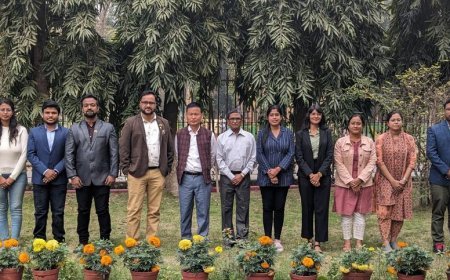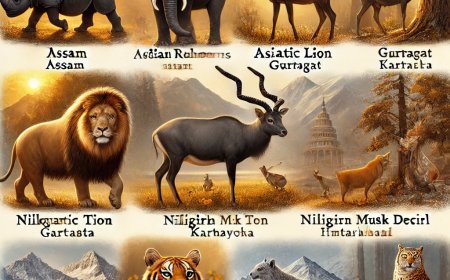Master your Daily Current affairs - 26th Aug
1. What is mass wasting, and what causes it?
Correct Answer
Wrong Answer
2. Which of the following is the most common trigger for mass-wasting events?
Correct Answer
Wrong Answer
3. What are the different types of mass-wasting events classified by?
Correct Answer
Wrong Answer
4. What class of warship is INS Mumbai, and when was it commissioned into the Indian Navy?
Correct Answer
Wrong Answer
5. Which notable naval operations has INS Mumbai been involved in?
Correct Answer
Wrong Answer
6. What is the displacement and speed capability of INS Mumbai?
Correct Answer
Wrong Answer
7. What is the primary purpose of a polygraph test in an investigation?
Correct Answer
Wrong Answer
8. According to the Supreme Court of India’s judgment in Selvi & Ors vs State of Karnataka & Anr (2010), under what condition can a polygraph test be administered?
Correct Answer
Wrong Answer
9. What guidelines must be followed during the administration of a polygraph test as per the National Human Rights Commission (NHRC)?
Correct Answer
Wrong Answer
10. What is Acute Encephalitis Syndrome (AES) primarily characterized by?
Correct Answer
Wrong Answer
11. Which pathogen was identified as a significant cause of the AES cases in Gujarat during the recent outbreak?
Correct Answer
Wrong Answer
12. Why is diagnosing Acute Encephalitis Syndrome (AES) particularly challenging?
Correct Answer
Wrong Answer
13. What is Sonoluminescence?
Correct Answer
Wrong Answer
14. What natural organism exhibits a similar effect to sonoluminescence?
Correct Answer
Wrong Answer
15. What is the potential temperature inside the bubble during the contraction phase of sonoluminescence?
Correct Answer
Wrong Answer
16. Which of the following is NOT a criterion for a language to be declared as classical by the Indian government?
Correct Answer
Wrong Answer
17. Which language was the first to be recognized as a classical language in India?
Correct Answer
Wrong Answer
18. What is one of the benefits provided by the Ministry of Education for a language designated as classical?
Correct Answer
Wrong Answer
19. What is the primary objective of India's National Quantum Mission (NQM)?
Correct Answer
Wrong Answer
20. Which of the following is NOT a key vertical under India's National Quantum Mission (NQM)?
Correct Answer
Wrong Answer
21. What are qubits, and how do they differ from conventional bits used in classical computing?
Correct Answer
Wrong Answer
22. Which river feeds the Wular Lake in Jammu and Kashmir?
Correct Answer
Wrong Answer
23. What is the significance of Wular Lake in terms of fish production?
Correct Answer
Wrong Answer
24. Which of the following statements about Wular Lake is TRUE?
Correct Answer
Wrong Answer
25. Under which Act was the Narcotics Control Bureau (NCB) constituted?
Correct Answer
Wrong Answer
26. Which of the following is NOT a function of the Narcotics Control Bureau (NCB)?
Correct Answer
Wrong Answer
27. Where is the headquarters of the Narcotics Control Bureau (NCB) located?
Correct Answer
Wrong Answer
28. During which geological period did the newly discovered dinosaur species Alpkarakush kyrgyzicus roam the Earth?
Correct Answer
Wrong Answer
29. Which of the following is a distinguishing feature of the Alpkarakush kyrgyzicus dinosaur?
Correct Answer
Wrong Answer
30. To which dinosaur group does Alpkarakush kyrgyzicus belong?
Correct Answer
Wrong Answer
What's Your Reaction?







